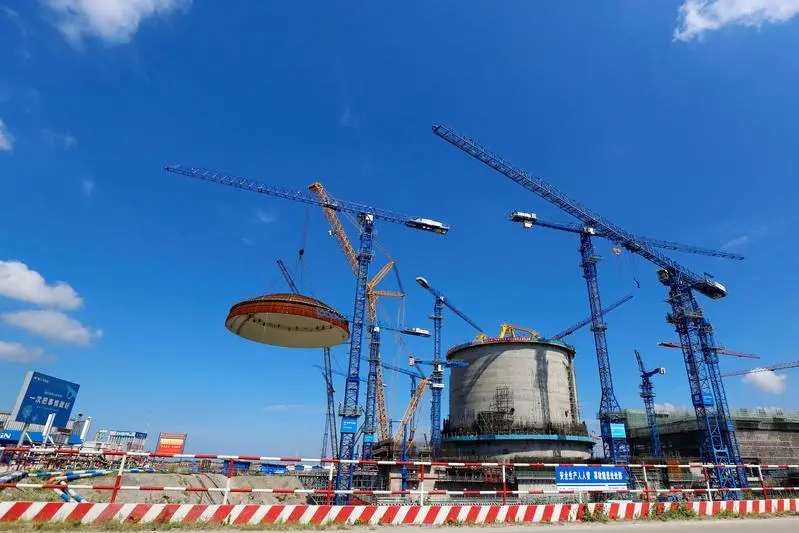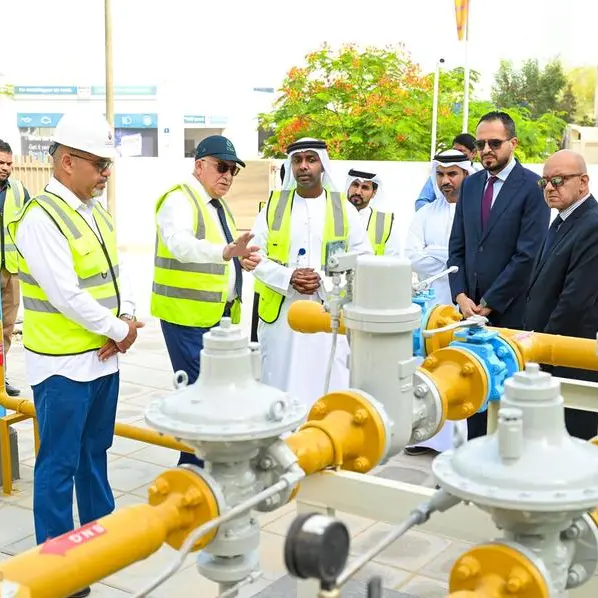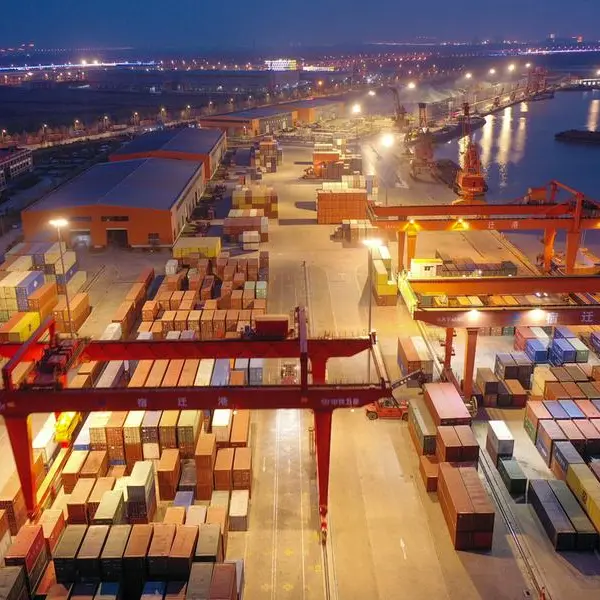PHOTO
BEIJING/SINGAPORE - China approved the construction of five nuclear power units, with total installed capacity of 4.9 GW, roughly 10% of the country's total, two sources said, as Beijing strives for alternatives to fossil fuel to meet its climate goals.
China needs to speed up its nuclear development to achieve its pledge to bring greenhouse gas emissions to a peak before 2030 and become "carbon neutral" by 2060.
The world's biggest greenhouse gas emitter has lagged behind its previous target of operating 58 gigawatts of nuclear power capacity by 2020, partly as the Fukushima nuclear accident slowed down approvals of new projects.
China's state council approved five nuclear projects, which will be developed by China National Nuclear Corp (CNNC), at a meeting on Wednesday, one of the two sources familiar with the matter said.
Officials, including those from the National Energy Administration and National Nuclear Safety Bureau, attended the meeting at which the development of the nuclear industry in the country was discussed, four sources said. They asked not to be named because they were not authorised to speak to the press.
"Nuclear power is a 'have to do' choice if China aims to achieve the targets of bringing carbon emission by 2030 and reaching carbon neutrality by 2060," an official from the Nuclear Safety Bureau said.
The five reactors approved include four regular nuclear units - number 7 and number 8 at Tianwan nuclear power plant in eastern Jiangsu province, and number 3 and number 4 in Xudapu in northeastern Liaoning province.
All four will use Russian-made VVER-1200 technology and have individual capacity of 1.2 gigawatts (GW), two of the sources said.
The government also approved a small, 125-MW module reactor (SMR) demonstration project at Changjiang nuclear power plant in Hainan province.
In one of the country's first experiments of small reactors aimed at better economics, CNNC will use its home-grown ACP100 technology.
Construction of three of the five units, the SMR and one each from Tianwan and Xudapu, is expected to start later this year and is scheduled for completion in 2026, one official said.
"They are moving ahead as earlier scheduled," the official said, adding that means China has re-established its normal pace in advancing new projects.
The State Council and CNNC did not immediately respond to Reuters requests seeking comment.
China is also accelerating the development of an upgraded model of its home-grown third generation nuclear technology, Hualong Two.
China's Nuclear Energy Association expects the country to have installed or have under construction a total of 200 gigawatts (GW) of nuclear capacity by 2035.
(Reporting by Muyu Xu in Beijing and Chen Aizhu in Singapore, Additional reporting by David Stanway and Tom Daly; editing by Shivani Singh and Barbara Lewis) ((muyu.xu@thomsonreuters.com; +86 10 56692117;))























